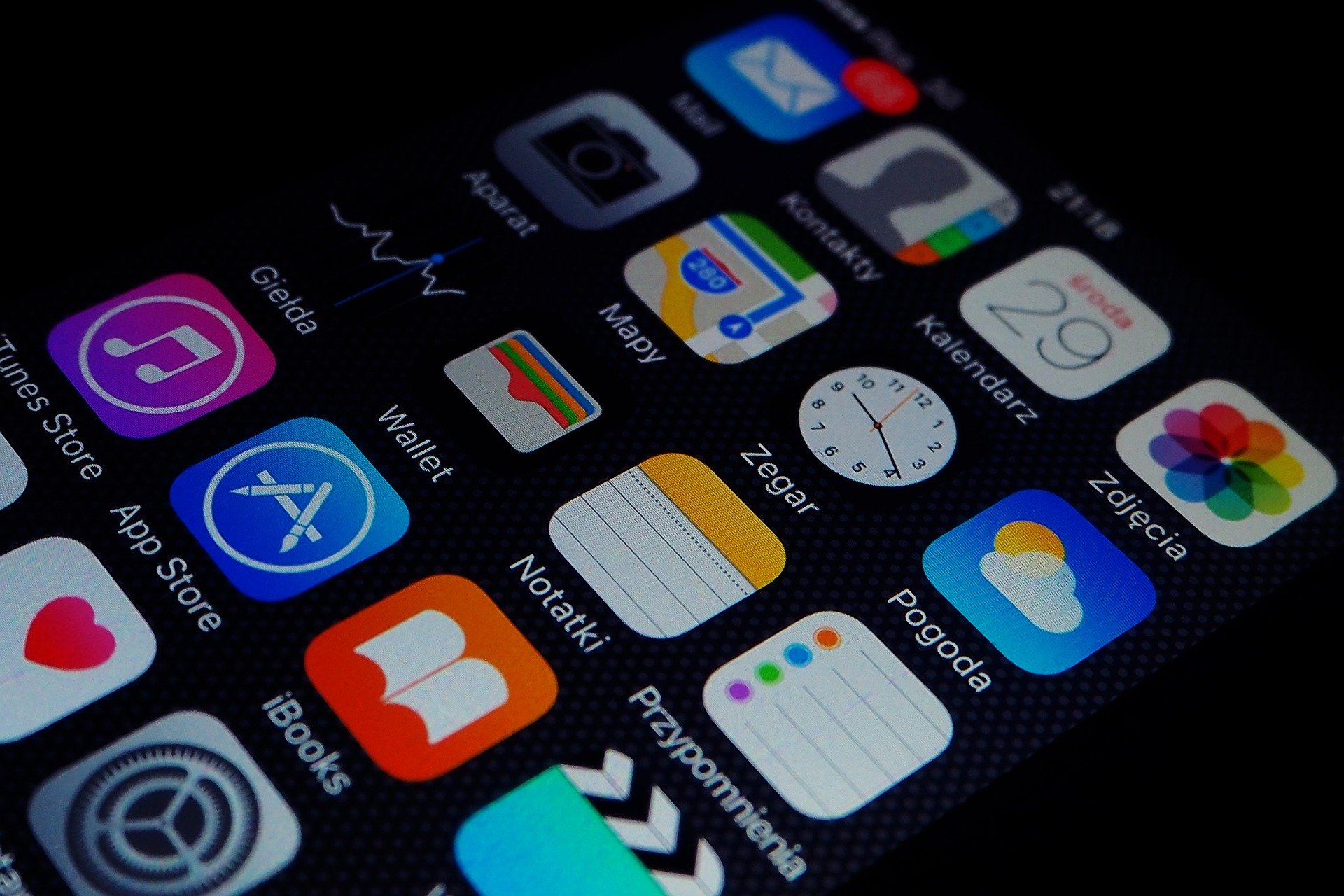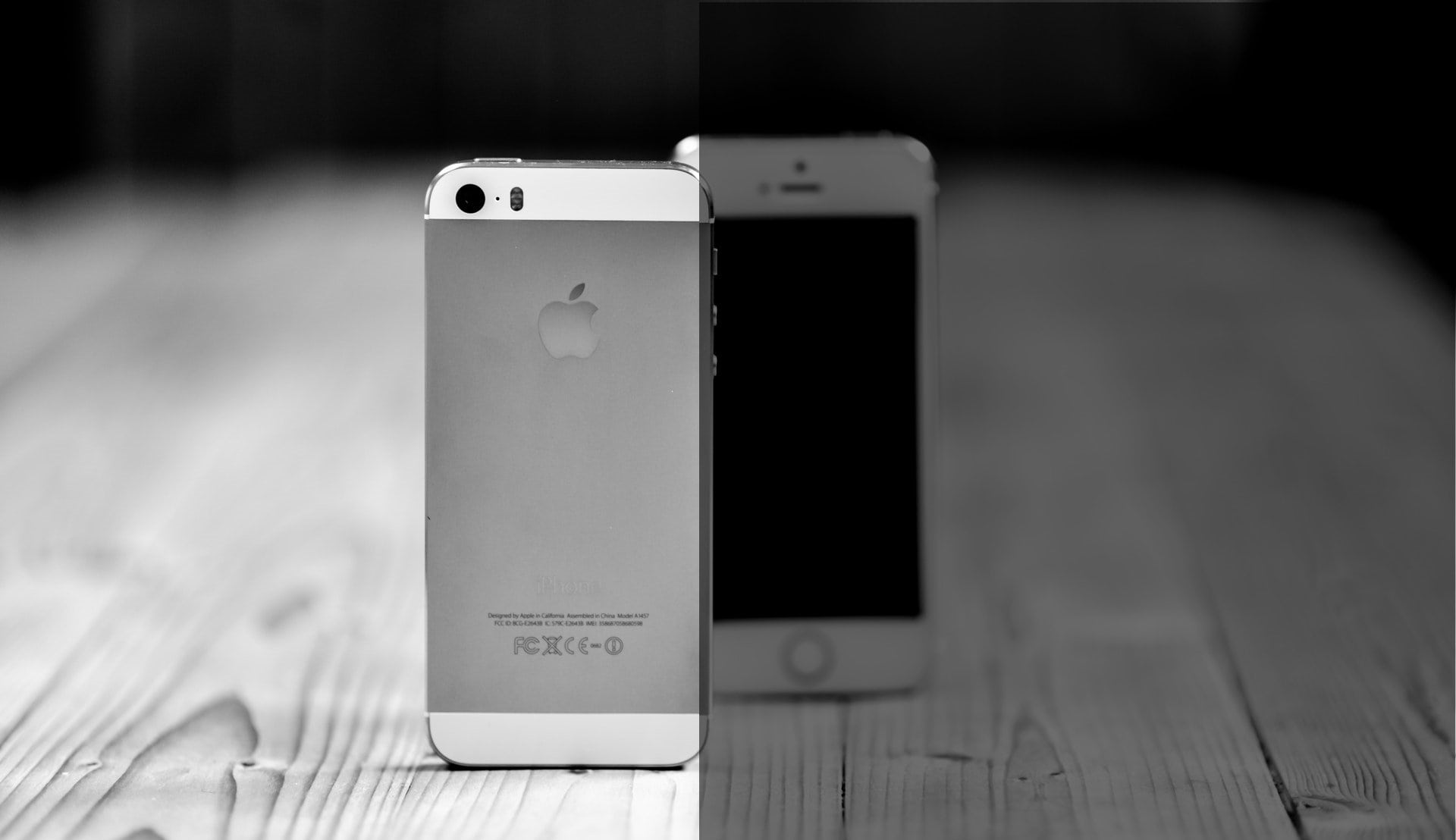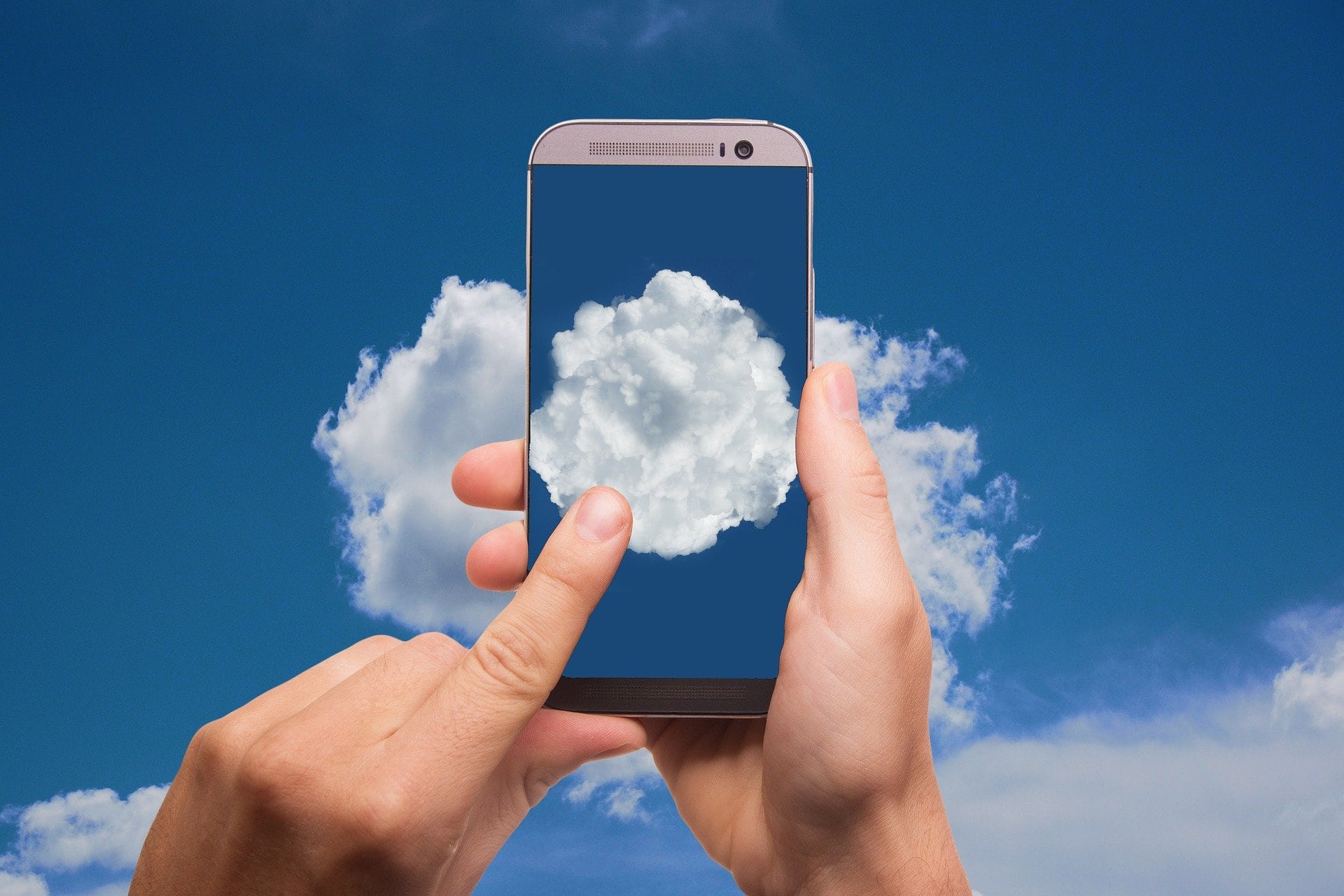The term Mobile Device Management (MDM) denotes the application of compliance guidelines in the administration of mobile devices, achieved by administrators using a software solution. In this context, administration covers all tasks relating to organisation, guideline distribution, security settings and concentrates primarily on the consolidation of software and data distribution. Within the IT infrastructure of an organisation, the central administration of devices is essential, which can mostly be realised in a manageable network without any problems. However, there are some special challenges relating to MDM.
MDM is closely linked with “Bring-Your-Own-Device” (BYOD), which describes the use of private devices for work. If every employee would like to integrate their own smart phone into the company network, a uniform platform has to be created, as different operating systems have now established themselves. From the company’s point of view, there are also increasing concerns regarding security and attack protection. Despite regular software updates, many vendors have time and again hit the headlines due to considerable security issues.
Transparency and Security
If applications are used in the course of MDM, often transparency relating to the handling of personal data is insufficient. However, transparency has to be ensured by the company. As central monitoring is missing, potential attack opportunities on sensitive company data can result. Therefore, applications have to be checked through relevant app management for malicious code. In addition, granted rights of the app have to be monitored. Furthermore, the loss of data creates problems, especially if applications store important data locally. In the case of a loss or defect of the smart phone, it is possible that important work results of the employee also disappear. The fact that most users lack risk awareness in user behaviour, aggravates the situation. The connection to a public and unsecured wifi-network presents great risks, but this is still insufficiently taken into account. As part of mobile device management, important company data has to be protected from such risks.
A password encryption of the apps can prevent access of unknown individuals. Tracking of the mobile device and deletion of all company data in case of a loss are requirements on MDM. Overall, there are many demands a mobile device management software needs to fulfil to meet the requirements of a modern and data protection-oriented organisation.
oneclick, a provider and expert for IT solutions, has created a highly intelligent system by providing Software-as-a-Service via their Platform-as-a-Service, which raises the complex security and usability requirements of companies to a new level. The browser provides a secure barrier between the private area of the device and the work environment. These two systems, which are isolated from each other, also prevent the employer from accessing the private device. Subsequently, the solution is becoming increasingly popular with companies, which grant Bring-Your-Own-Device.
Advantages and Disadvantages of Mobile Device Management
In the past, the issues arising from Bring-Your-Own-Device were easily resolved: Private smart phones were simply not allowed within the company, in particular the integration into the company network was effectively prevented; still today, many companies do without wireless internet access. This solution, however, is by no means smart, as BYOD certainly presents an opportunity as it offers various benefits:
- If employees use their own devices, the company does not need to purchase a smart phone for them, which reduces costs.
- Most people know their own private phone best and therefore know how to handle it without any problems. This counteracts dissatisfaction with the equipment.
- In contrast to a business device, the private smart phone is not simply switched off at the end of the working day. Dependent on sector and position, it may be useful to be able to access important data or emails at any time.
BYOD is a trend, which has been gaining significance in many companies for years. According to current figures, almost half (44 percent) of all German companies rely on employees being able to use their private smart phones also in the work environment.
An important question is therefore: How can mobile device management be effectively implemented, if devices with different operating systems are in use? In any case, a powerful software is required to enable the administration of mobile devices. An appropriate approach would be an internal App Store, which provides in-house applications. However, even this software makes no difference to the basic problem, which is that different Apps have to be developed: with iOS and Android there are currently two different mobile operating systems established in the market place – often additionally in different versions. In reality, even if the cost is borne to develop two different apps, there is still the risk of loss of the end device. This is why it can be quite reasonable to not automatically link BYOD with the use of an MDM software.
A Cloud Solution more effective than Mobile Device Management Solutions
The provision of applications and information is implemented in a future-oriented manner via the cloud. With the Workspace Provisioning and Streaming Platform, oneclick sets a new trend for BYOD. Using HTML5-supported web-browsers, the platform can be used completely independently of the operating system in use. Therefore, complex Mobile Device Management is no longer required. There is no need to install company applications locally on the employee’s private device either. This enables the use of mobile devices, independently of their operating system or version. In this way, potential incompatibilities and legal pitfalls are successfully bypassed. Additionally, from a technical point of view, securing access to the cloud is easier to implement. By using several streams, it is also possible to work on several projects simultaneously. Another advantage: with independent use of different devices, the work window does not change – no matter whether a laptop, tablet or smart phone is in use. This means the employee does not have to adapt and can work productively.
Image sources:
Image 1: © StockSnap | pexels.com
Image 2: © StockSnap | pexels.com
Image 3 (processed): © Pixabay | pexels.com
Image 4: © geralt | pixabay.com




